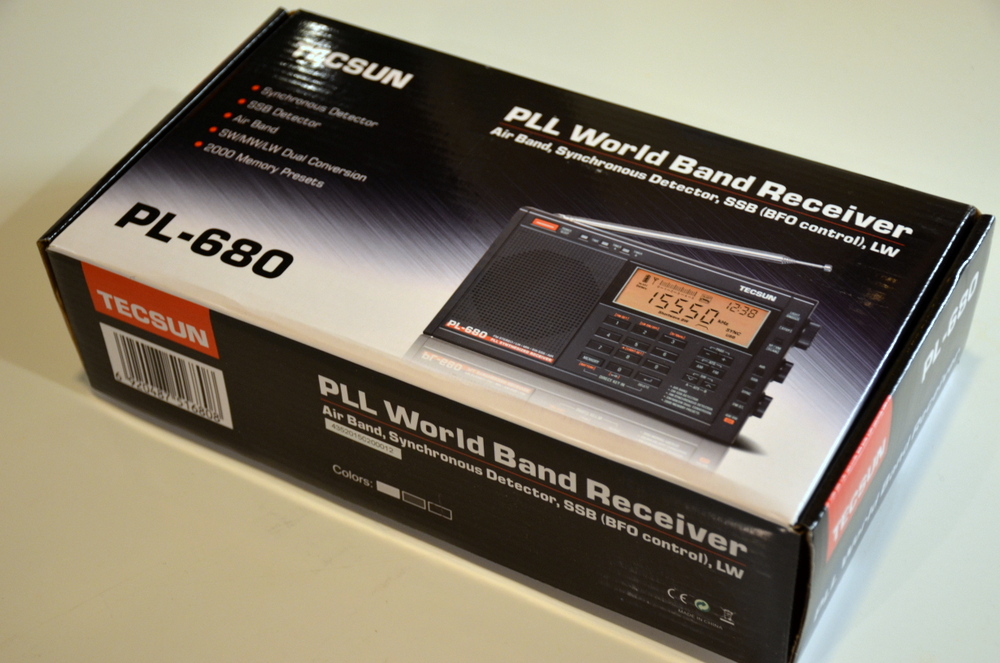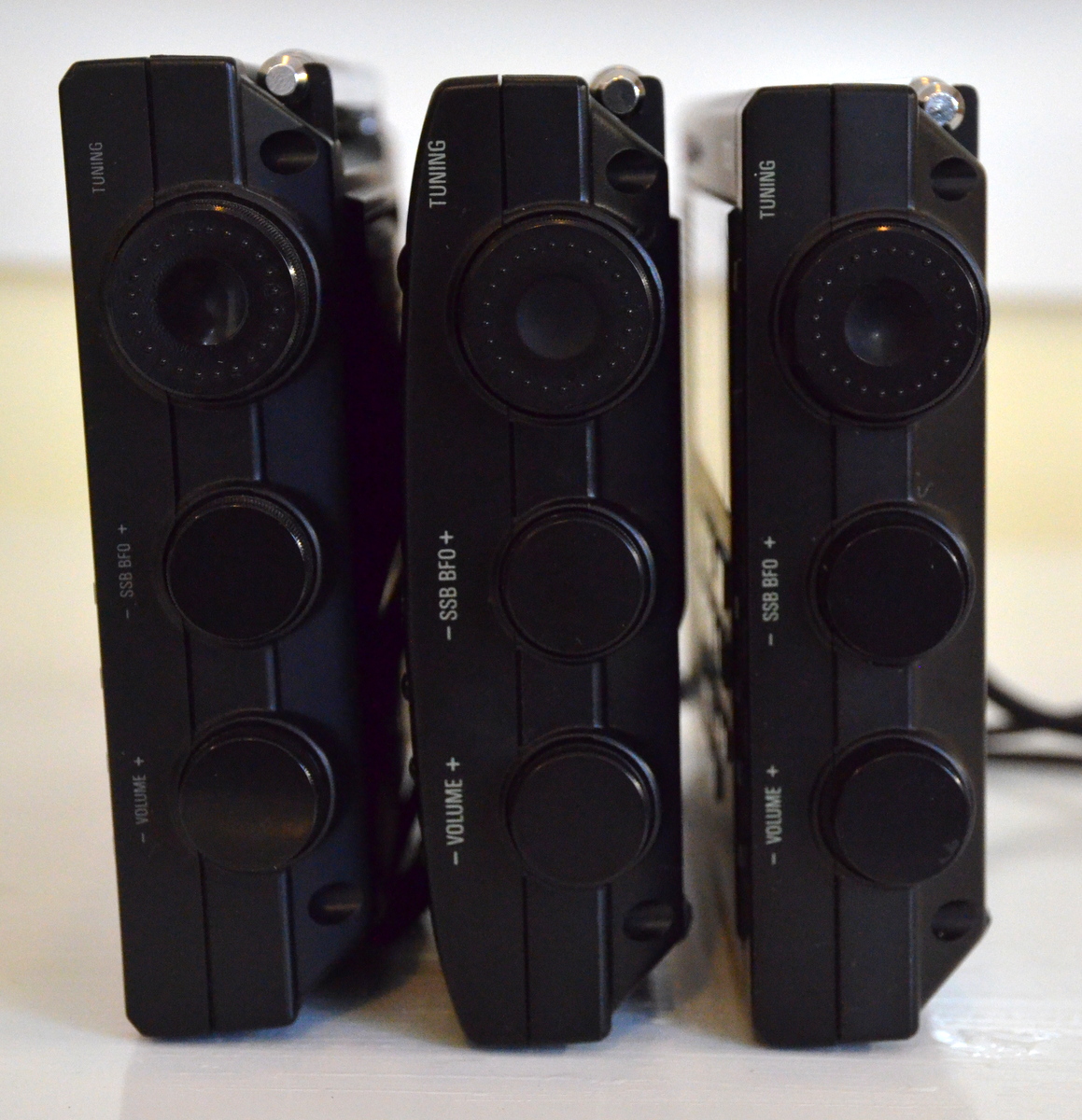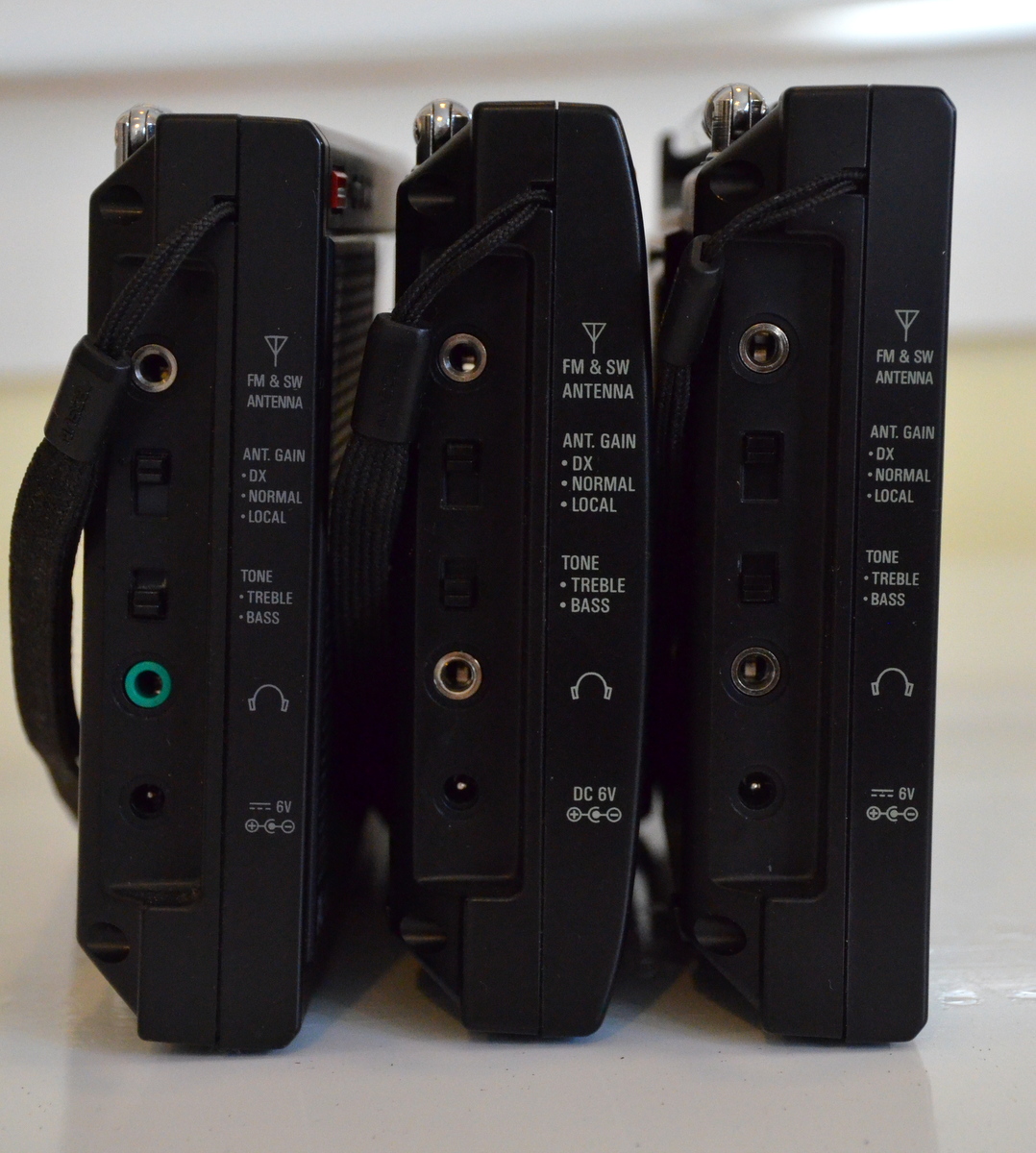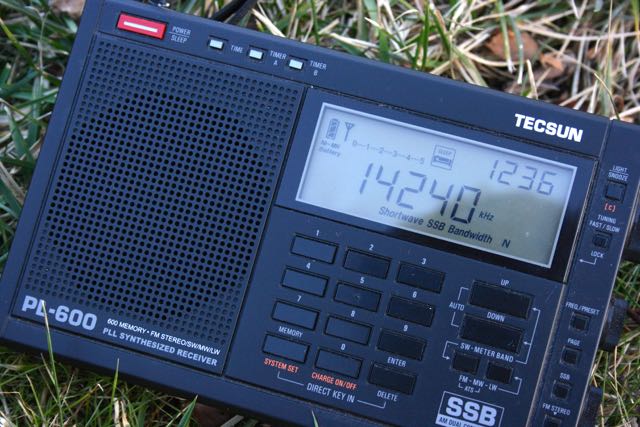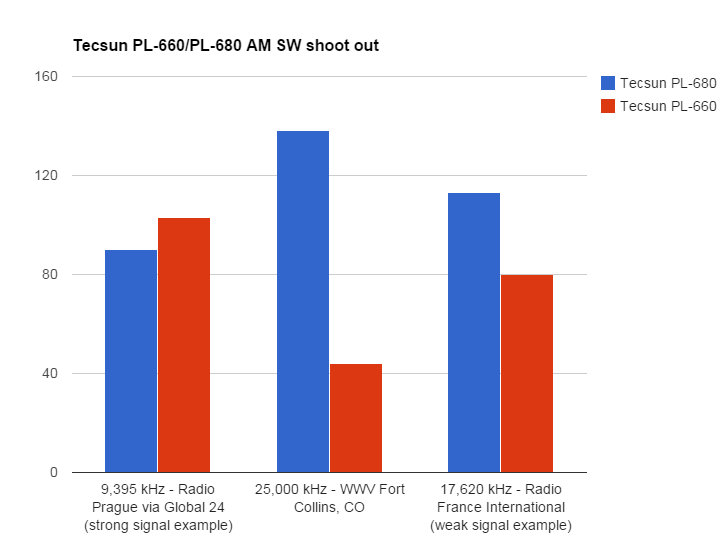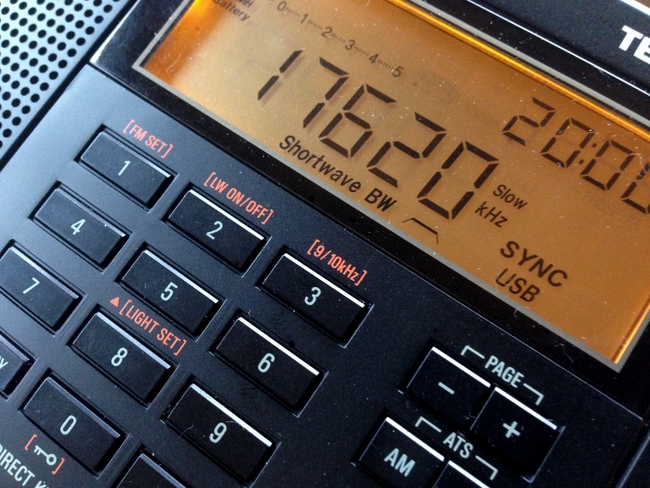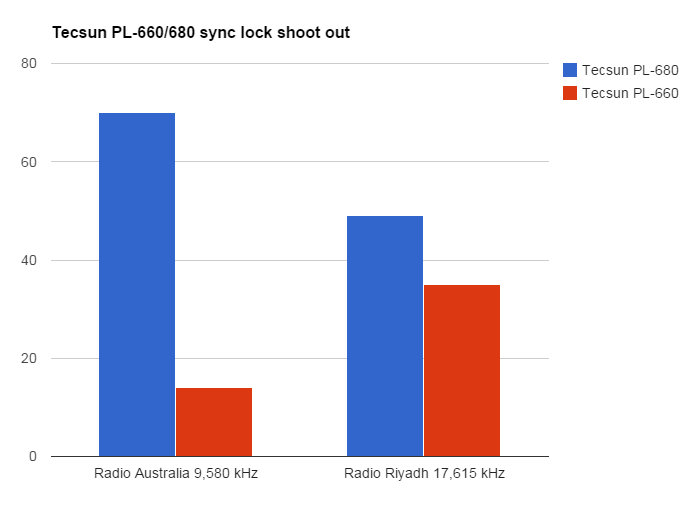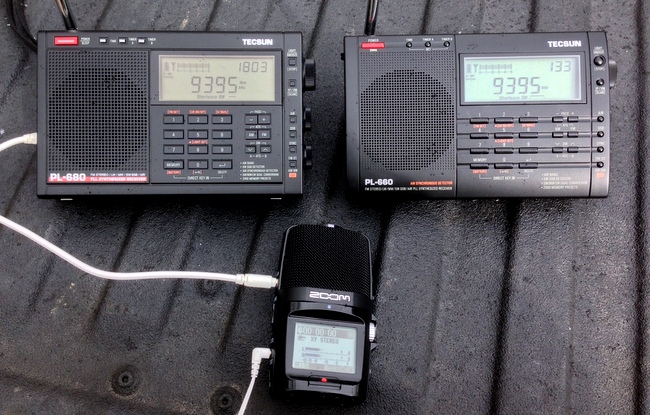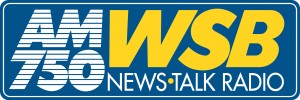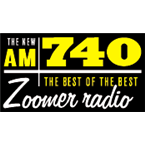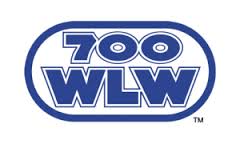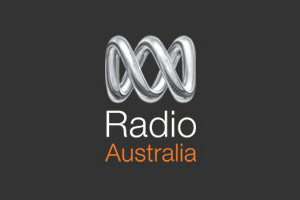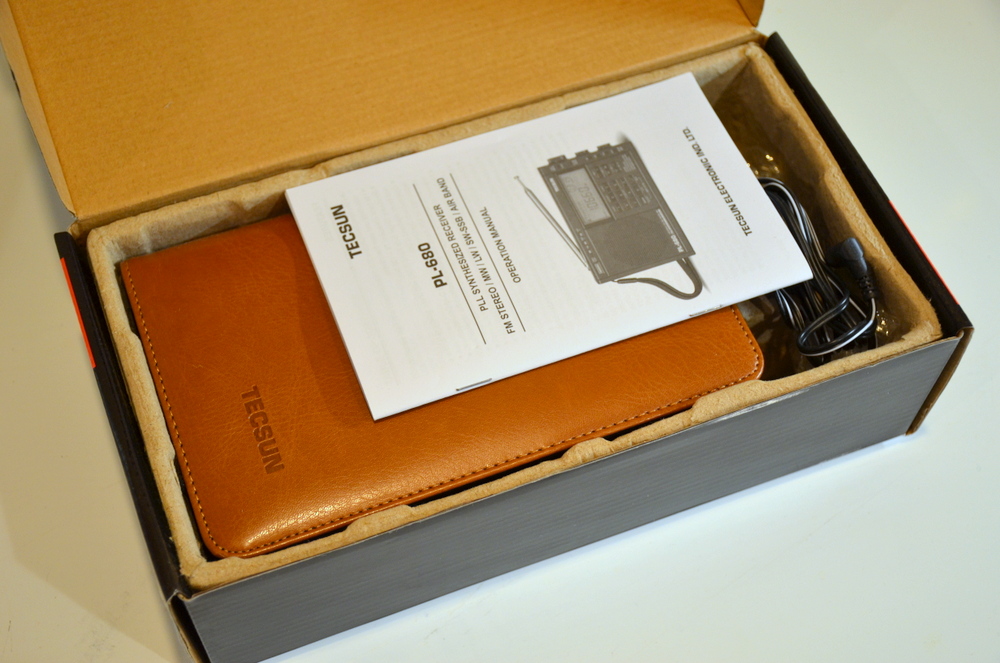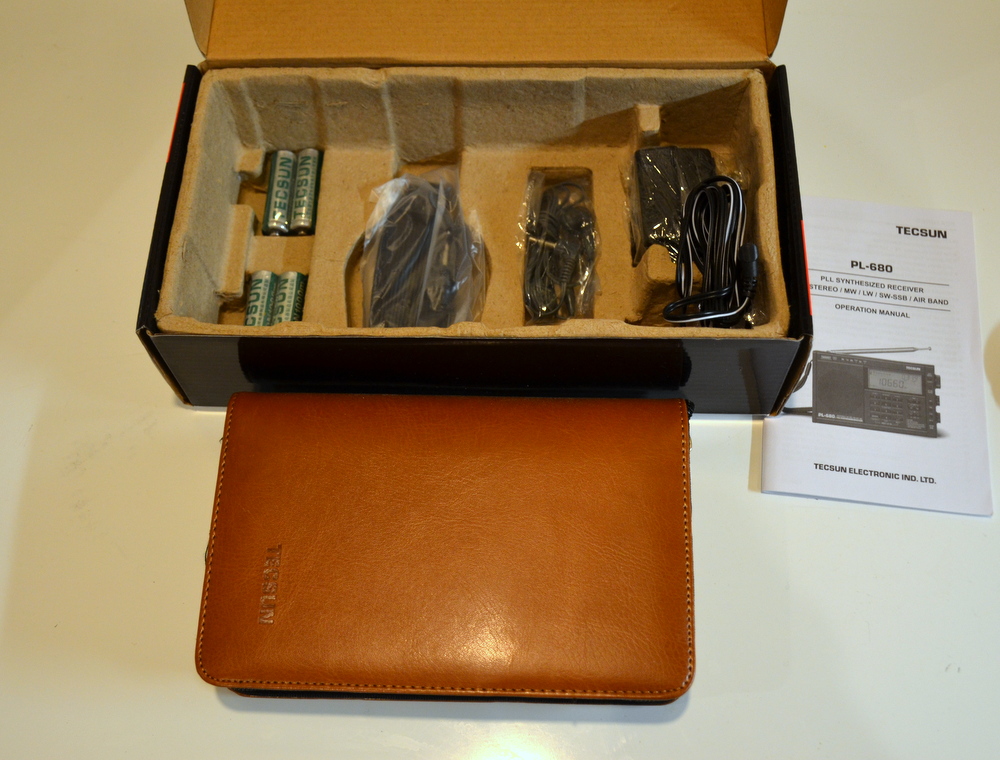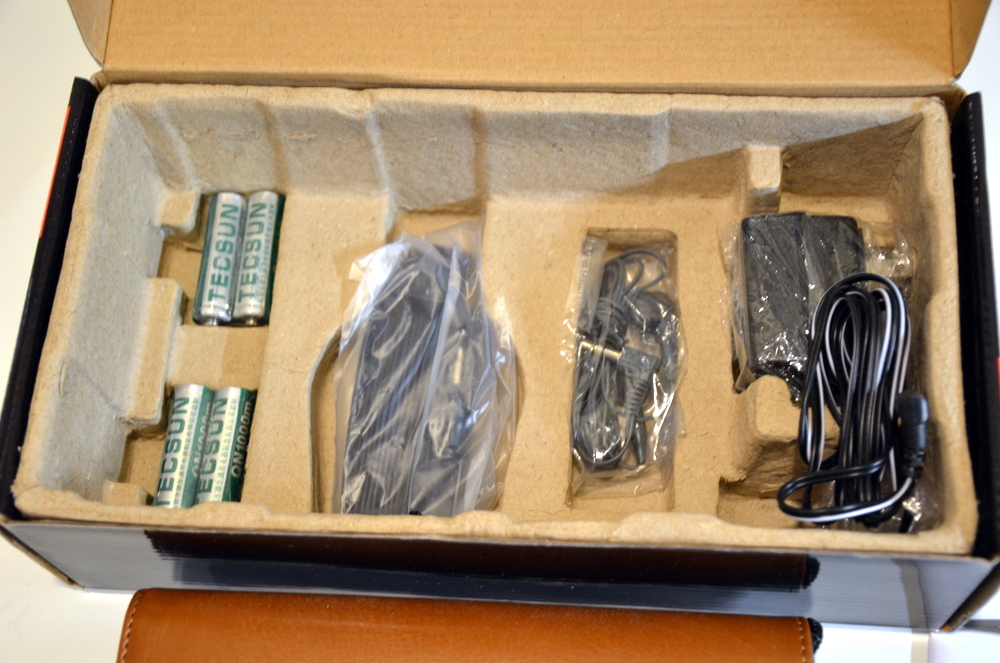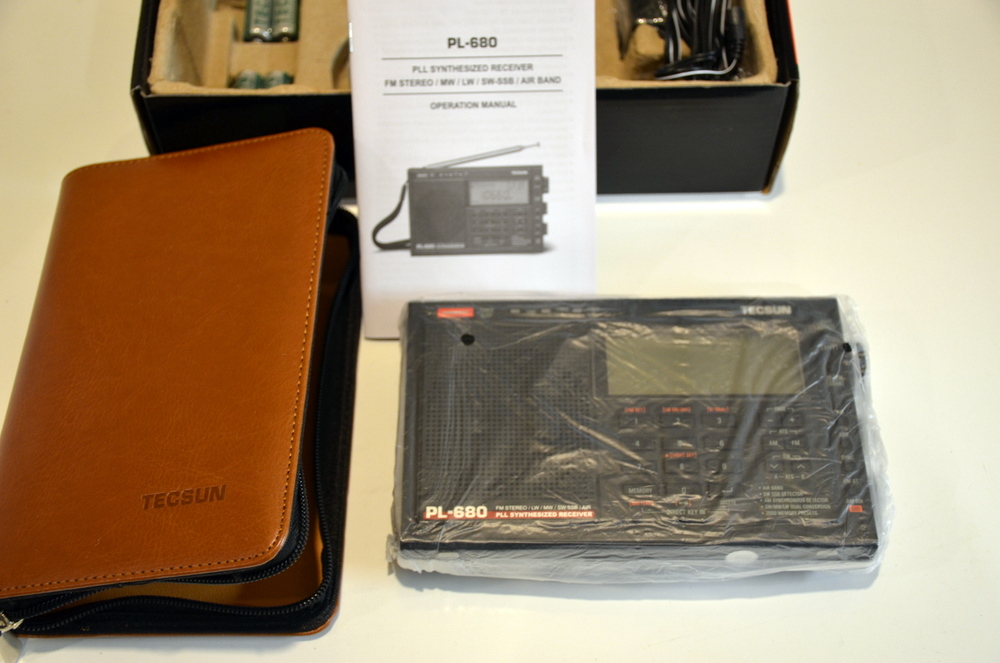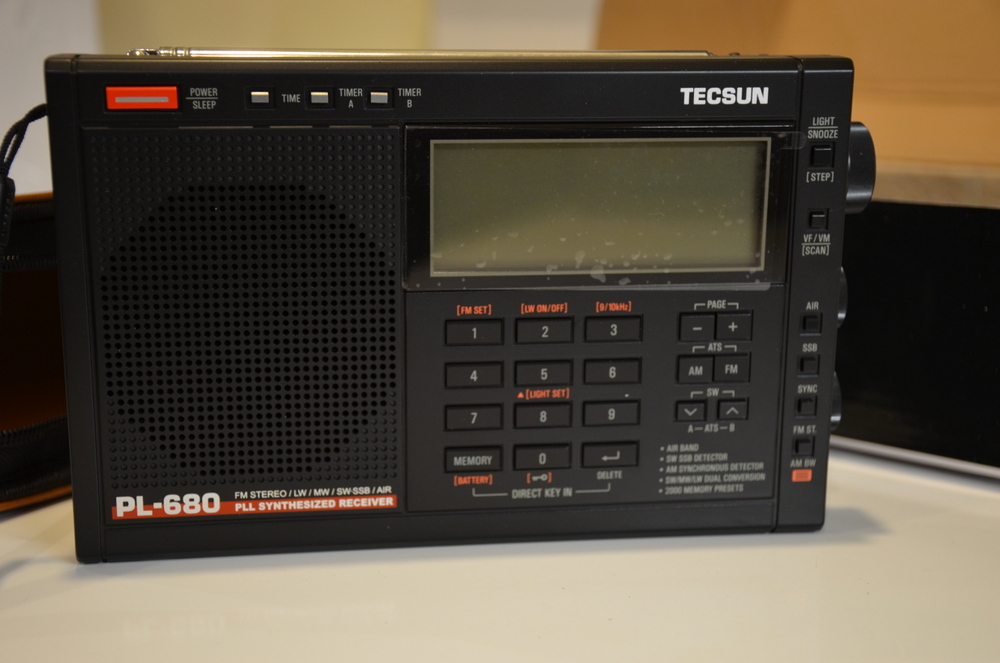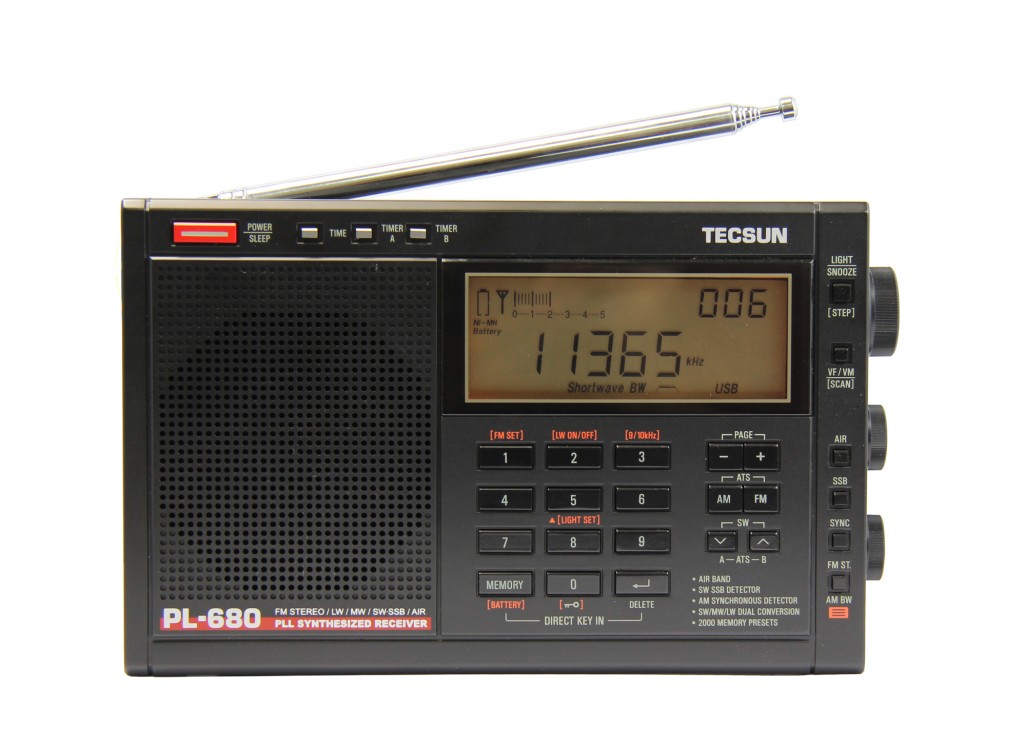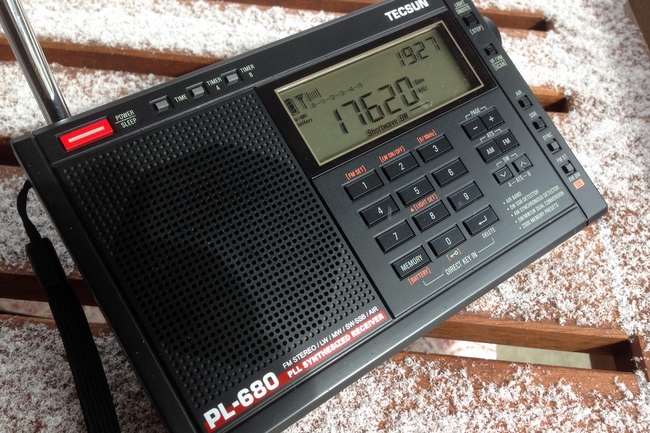 When I heard early reports about the new Tecsun PL-680, I was already wondering how it would stack up alongside other Tecsun portables. An early photo of the Tecsun PL-680 revealed how very similar it is, indeed, to the Tecsun PL-600, which has been on the market for many years. Moreover, the features of PL-680, which I heard about only a few weeks ago, sounded to me like a carbon copy of the venerable PL-660. I investigated further, and spoke with Anna at Anon-Co; she was given to understand that the Tecsun PL-680 was essentially a re-packaged PL-660 with improved sensitivity. I was curious enough about the PL-680 that I ordered one from Anna as soon as they were available, even paying for expedited shipping in order to have it in hand a bit sooner.
When I heard early reports about the new Tecsun PL-680, I was already wondering how it would stack up alongside other Tecsun portables. An early photo of the Tecsun PL-680 revealed how very similar it is, indeed, to the Tecsun PL-600, which has been on the market for many years. Moreover, the features of PL-680, which I heard about only a few weeks ago, sounded to me like a carbon copy of the venerable PL-660. I investigated further, and spoke with Anna at Anon-Co; she was given to understand that the Tecsun PL-680 was essentially a re-packaged PL-660 with improved sensitivity. I was curious enough about the PL-680 that I ordered one from Anna as soon as they were available, even paying for expedited shipping in order to have it in hand a bit sooner.
The Tecsun PL-660 has been on the market for several years now; it’s one of the most popular shortwave portables on the market. And for good reason: the PL-660 is relatively inexpensive, simple to use, packs all of the most vital and desirable functions/modes, and is available from a variety of retailers that ship worldwide. I have reviewed it numerous times and often used it as the basis for comparison with other shortwave portables. It’s China-based manufacturer, Tecsun, has emerged over the past few years as the dominant manufacturer of shortwave radios.
First impressions
I posted a few unboxing photos the day I received the PL-680.
The Tecsun PL-680 looks like the Tecsun PL-600 body, with the Tecsun PL-660 features and layout. Indeed, the full complement of buttons, switches and dials are identically positioned to those of the PL-660.
Let’s cut to the chase…
Question: So, does the PL-680 have more functions than the PL-660?
Answer: No. It appears to be, and likely is, identical in every (functional) respect to the Tecsun PL-660. No surprises here, unless there are hidden features I haven’t discovered…!
Check out the following comparison photos–the PL-600 on the right, PL-660 in the middle, PL-680 on the right (click to enlarge):
The similarity is so striking, in fact, that I believe the PL-680 is the first radio I’ve ever turned on for the first time, only to find I immediately knew every function. I’m so familiar with the PL-660 that I could even use the PL-680 in the dark the first night I used it.
It also helps, of course, that the PL-680 is nearly identical to the PL-600, too, which I’ve owned for many years.
Here’s how I see the PL-680 product development equation:
In truth, I was quite disappointed that Tecsun did not add a line-out jack to the PL-680.
The PL-660, alas, lacks line-out, and though my Tecsun PL-880 has a line-out, its default shortwave volume is simply too high to be used by most digital recorders. I had hoped that the PL-680 might have a proper line-out jack, potentially making it a replacement for my trusty Sony ICF-SW7600GR. Unfortunately, this is not the case.
But other than missing a line-out jack, I really have few complaints. I’ve always been a fan of simple radio design and I believe Tecsun has done a good thing by keeping the user experience so similar in their PL-6XX line of portable shortwave radios. Apparently, a good thing is a good thing.
But here’s what everyone wants to know…
Question: Does the PL-680 have any performance advantages over the PL-660?
Short Answer: Yes! (But keep your PL-660.)
I should add here that I’m about to get rather technical and radio-geeky, so if you’re only interested in a summary, please skip to the bottom of the page.
Otherwise, help yourself to a cup of coffee, and let’s talk radio…
Shortwave performance
Since I spend 95% of my listening time on shortwave, I’ll begin with shortwave performance. Again, we’ll compare the PL-680’s performance with that of the PL-660.
Reader survey results
Having had such great results from radio comparison shoot-outs in the past (check out our shoot-out between top portables and ultra-compact radios), I decided it would make sense to invite our informed readership to evaluate the PL-680’s performance in a series of blind, informal tests. (For information about these surveys, please read through the first of the three surveys.)
Shortwave AM broadcast listening
In most circumstances, you’ll find that the PL-680 has better sensitivity than the PL-660. It’s a marginal improvement, but one I certainly notice on the shortwave bands–and so did the majority of readers who participated in the shortwave AM reception survey.
The survey had recordings from a total of three broadcasters: Radio Prague, WWV, and Radio France International.
The PL-680 was “Radio A,” and the PL-660 was “Radio B.”
The Radio Prague recording was quite strong and was the only broadcast in our survey in which the PL-660 and PL-680 ran neck-and-neck.
In truth, I believe strong signal reception on both these radios is excellent and nearly indistinguishable from each other.
Survey results from the WWV and Radio France International recordings showed a strong preference for the Tecsun PL-680. Again, here are the original recordings:
Based on comments from those who participated, the PL-680 came out ahead of the PL-660 in two respects: better sensitivity, and more stable AGC. In both sets of recordings, the signal was weaker than the Radio Prague recording, and QSB (fading) more pronounced. Herein lies a well-known weakness of the PL-660: soft muting and a sometimes over-active AGC equates to more listening fatigue.
Here is a chart with the full survey results based on 194 listener reports. The number of responses are represented on the vertical axis.
Obviously, the engineers at Tecun addressed the soft muting/AGC problem of the PL-660. In all of my time with the PL-680 on the air, I haven’t noticed any soft muting; the audio has been smooth and the AGC copes with fading much better than the PL-660. No doubt, these two improvements alone make the PL-680 a worthy portable for shortwave radio listening.
There is a downside to the improved sensitivity, however: the PL-680 has a slightly higher noise floor than the PL-660. This is mostly noticeable during weak-signal listening. Though I haven’t compared it yet, I’m willing to bet that the noise floor is comparable to that of the Sony ICF-SW7600GR. Personally, if increased sensitivity and stability means a slightly higher noise floor, I’m okay with that. I find that I listen better when the signal is stable and not fluttering/muting with every QSB trough.
Synchronous detection
The second survey focused on synchronous detection, which is a very useful receiver tool that mitigates adjacent signal interference and improves a signal’s stability. Perhaps it was my good fortune that the same day I tested synchronous detection, fading on even strong stations was pronounced at times. Perfect!
The first recording set was from Radio Australia, a relatively strong signal here in North America. Still, QSB was pronounced–making for an unstable signal–and there was hetrodyne interference in the upper sideband of the broadcast. When I switched the radios into lower sideband sync, halfway through, it effectively mitigated the hetrodyne in all of the recordings.
PL-680 – 1st recording Radio Australia
PL-660 – 1st recording Radio Australia
PL-680 – 2nd recording Radio Australia
PL-660 – 2nd recording Radio Australia
The second set of recordings were of Radio Riyadh–a much weaker station–also affected by QSB:
PL-680 – 1st recording Radio Riyadh (wide band filter)
PL-660 – 1st recording Radio Riyadh (wide band filter)
PL-680 – 2nd recording Radio Riyadh (narrow band filter)
PL-660 – 2nd recording Radio Riyadh (narrow band filter)
While I have always considered the PL-660 to sport one of the stronger sync locks in current production portables, it did truly struggle to maintain a lock in both the Radio Australia and Radio Riyadh recordings. Indeed, I was so surprised by how comparatively feeble the sync lock was on Radio Australia, that I disconnected the PL-660 from the recorder and moved to a different location to verify that something nearby wasn’t causing the sync lock instability. It was not; it was solely due to unstable band conditions.
It came as no surprise that survey respondents took note of the PL-680’s stronger sync lock: the PL-680 beat the PL-660 by a wide margin in both sample recordings. I chart the results, below, from a total of 85 responses:
Very good, PL-680! Someday I’d like to compare the PL-680 with the Sony ICF-SW7600GR, which I’ve always considered to have, among current portables, the strongest sync lock.
Single Sideband
I wasn’t able to provide an audio survey of SSB performance since the PL-680 picked up too much noise from my digital recorder to make for a fair contest.
Meanwhile, I’ve spent time listening to both radios in SSB mode and comparing the models. To my ear, both are very close in SSB performance, but again the PL-680 does have a slight edge on the PL-660 in terms of sensitivity and AGC performance.
SSB audio fidelity is very similar in both radios.
FM Performance
While I haven’t spent more than, let’s say, an hour with the PL-680 on the FM band, I have concluded that it is very sensitive–able to receive all of my benchmark local and regional FM stations.
An informal comparison between thePL-680 and the PL-660 also leads me to believe that they are both excellent FM performers and seemed to compare favorably. I would certainly welcome FM DXers to comment with their own evaluations of the PL-680.
Medium Wave Performance
I’ve also posted a medium-wave listener survey since many of you asked that I provide an evaluation of the medium-wave band.
In short, here is where the PL-680 loses to the PL-660: whereas, on the shortwave bands, the PL-680 is more sensitive, it lacks the same sensitivity on the medium-wave bands.
Though I believe the PL-680 does a marginally better job than the PL-660 of handling the choppy conditions of nighttime MW DX, the PL-660 still pulled voices and music out of the static and made them noticeably more intelligible.
The survey result swung very hard in favor of the PL-660, which has long been one of the more notable medium-wave performers among shortwave portables.
I provided a total of four sample broadcast recordings for comparison. Below, I have embedded one of them–a recording of 940 AM in Macon, Georgia, for your reference.
You can listen to all four recordings in the original survey (again, note that Radio A is the PL-680, B is the PL-660).
Survey results were definitive, with a total of 116 responses:
In all but the strong station sample (750 AM – WBS Atlanta), the PL-660 was preferred by a wide margin.
Summary
Invariably, all radios have strengths and weaknesses; here is a list of my notes from the moment I put the Tecsun PL-680 on the air:
Pros:
- Excellent sensitivity and selectivity on the shortwave bands
- Improved weak signal stability over the PL-660
- Stable sync lock
- Proven PL-600 form factor with good overall ergonomics
- Great internal speaker–an improvement over the PL-660 (but not as good as the PL-880 or Sangean ATS-909X)
- Other than medium-wave performance (see con), a worthy replacement for the PL-660
- Excellent audio from the PL-680 internal speaker (improved over the PL-660, but not matching the fidelity of the PL-880)
Cons:
- Medium-wave performance for is a step backwards from the PL-680’s predecessor, the PL-660. Okay on strong and moderate-signal reception, somewhat poor for weak signals
- Marginal noise floor increase on the shortwave bands
- Like the PL-660, lacks a line-out jack (Please note this, Tecsun!)
- SSB frequency display on my unit is + 1 kHz, slight BFO adjustment is needed (details in this update)
Conclusion
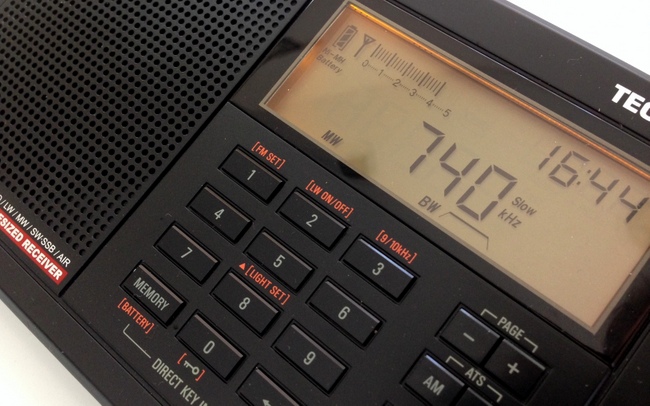 If you’re a shortwave radio listener, you’ll be pleased with the Tecsun PL-680. In all of my comparison tests between the Tecun PL-660 and Tecsun PL-680, the PL-680 tends to edge out the PL-660, performance-wise. This coincides with the user surveys, too.
If you’re a shortwave radio listener, you’ll be pleased with the Tecsun PL-680. In all of my comparison tests between the Tecun PL-660 and Tecsun PL-680, the PL-680 tends to edge out the PL-660, performance-wise. This coincides with the user surveys, too.
If you’re a medium-wave DXer, you might skip over the PL-680. That is, unless Tecsun makes a good iterative design improvement. If you’re a casual medium-wave listener, on the other hand, you’ll probably be pleased with the PL-680.
All in all, I like the Tecsun PL-680 and I see myself using it more than the PL-660 when I’m on the go. If you’re primarily a shortwave radio listener, the PL-680 may very well be worth the upgrade. At $95 US plus shipping, it is certainly a good value. Note that Anon-Co plans to post the Tecsun PL-680 for sale on eBay in March 2015.
Click here to find the PL-680 on eBay.
Addendum:
- PL-680 calibration: Dennis Coomans confirms via Anon-Co that the PL-680 (like the PL-660) can be calibrated by long pressing the AIR button (for SW, AM, etc) and by pressing SYNC for FM. According to Anon-Co, “all PL-680 receivers from production lines after November 2017 have this (hidden) manual calibration feature.”

